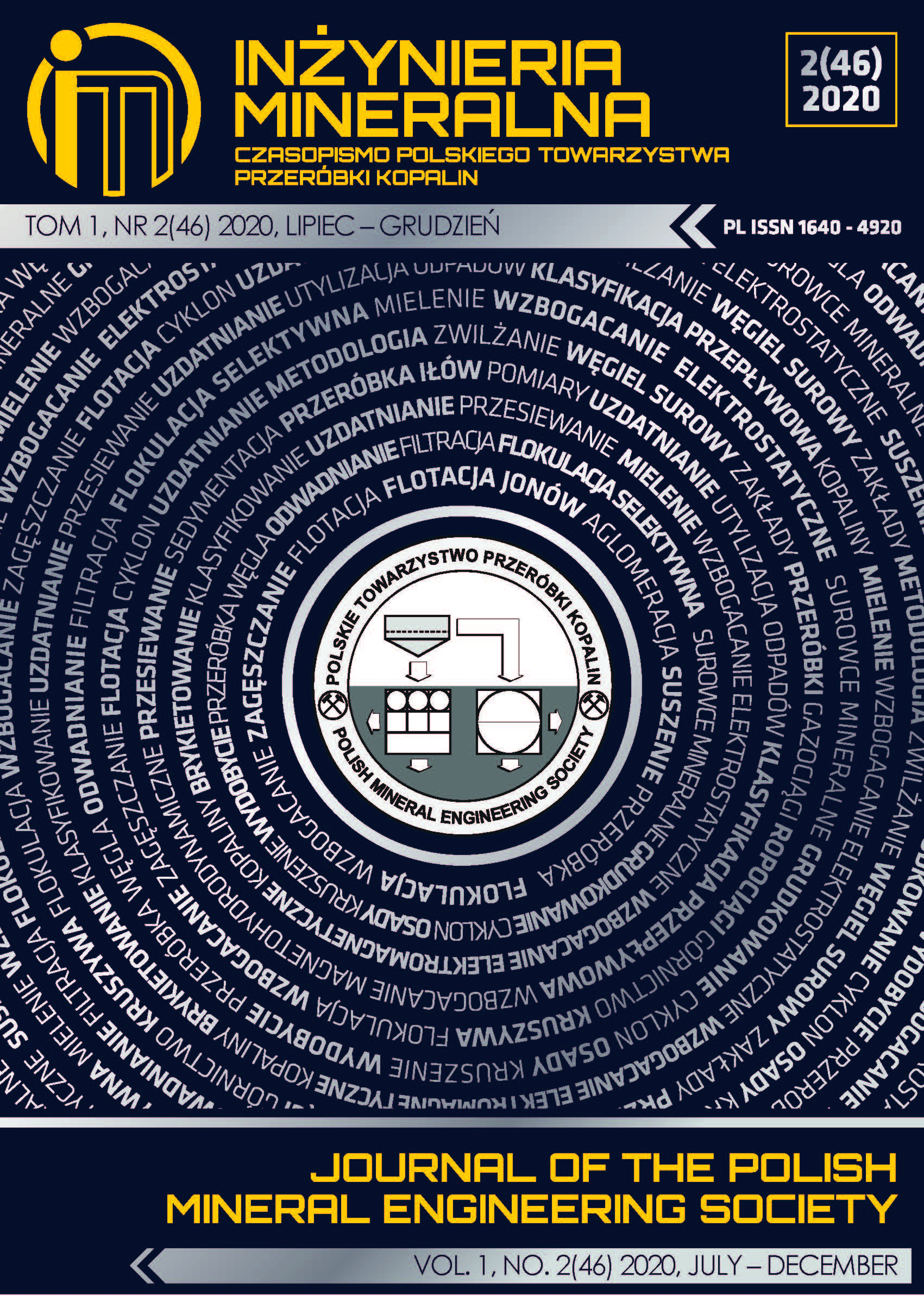3D Spatial Interpolation Methods for Open-Pit Mining Air Quality with Data Acquired by Small UAV Based Monitoring System
Abstract
Open-pit mining activities, including blasting, drilling, loading, and transport, often result in the direct emission of particulates and gases into the atmosphere. Occupational exposure to these pollutants is considered as the risk for health, especially the risk of developing respiratory diseases. An air quality monitoring system and spatial analysis are necessary to identify these potential hazards. In this study, we propose an air quality monitoring system that integrates gas and dust sensors into a small multi-rotor copter or unmanned aerial vehicle (UAV). Different spatial interpolation methods including trilinear interpolation, nearest neighbour, and natural neighbour applied to the monitoring data (CO, SO2, PM2.5, CO2) from our system to derive air concentration levels in the atmosphere of open-pit coal mines were also examined. The results show that the UAV based air quality monitoring system performed efficiently and safely in conditions of deep open-pit coal mines. In addition, for the estimation of the concentration level of gases and dust in unsampled points, trilinear interpolation performed with the most accurate result, followed by natural neighbor and nearest neighbor.
Copyright (c) 2020 Test

This work is licensed under a Creative Commons Attribution-ShareAlike 4.0 International License.
This journal permits and encourages authors to post items submitted to the journal on personal websites or institutional repositories both prior to and after publication, while providing bibliographic details that credit, if applicable, its publication in this journal.







.png)
